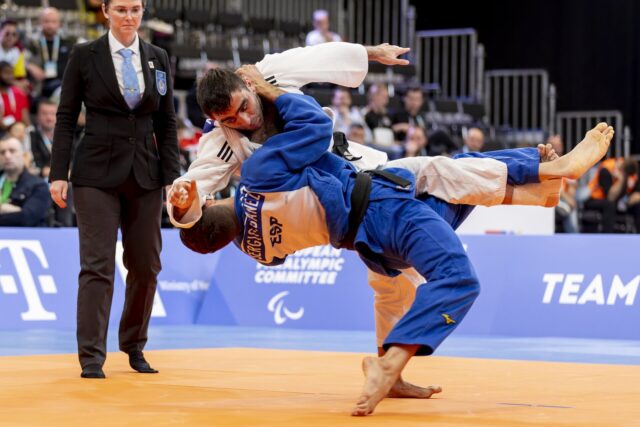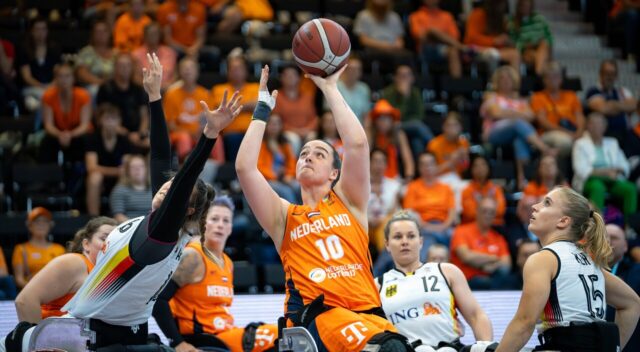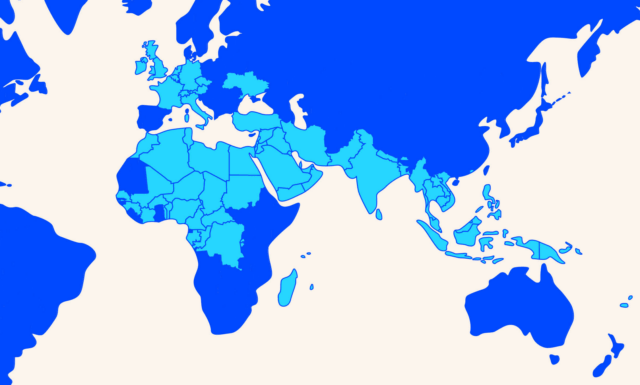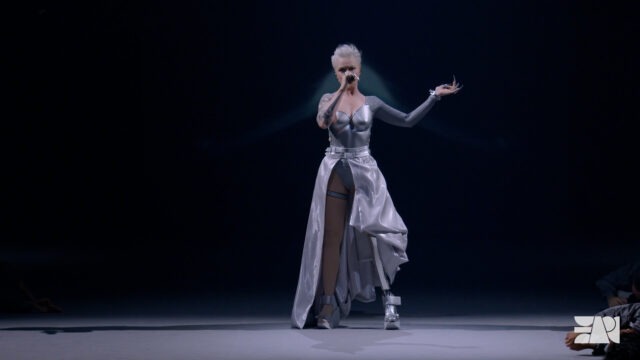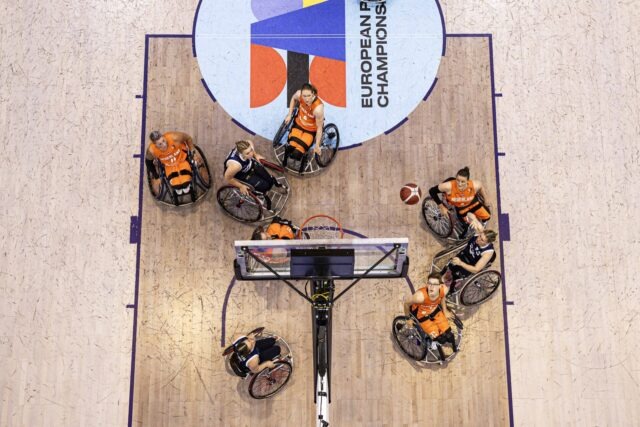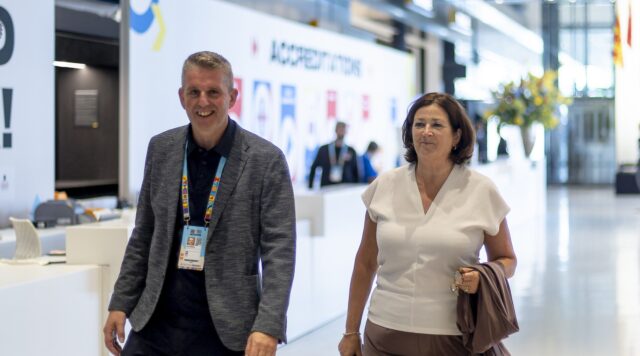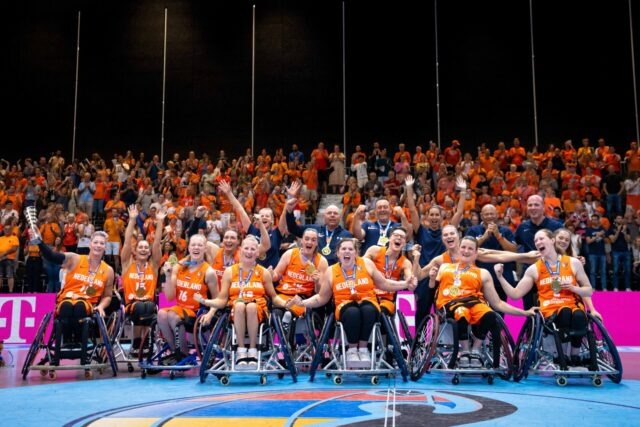Para-cycling is a highly diverse sport that includes different types of bikes designed to cater to various types of disabilities and mobility levels of athletes. Handbikes can be used by athletes with impairments or complete paralysis of the legs, while tricycles are suitable for athletes with upper limb impairments. Tandems are ideal for athletes with visual impairments and are ridden with a non-impaired partner.
In addition to the classification system, para-cycling also has different race formats, such as individual time trials, road races, and criterium races. Athletes from different classes can participate together in the same race, but with adjusted start times to account for their different mobility levels.
There are different classification systems used in para-cycling, depending on the type and degree of disability of the athlete. The Union Cycliste Internationale (UCI) divides athletes into eight different classes:
- C1-C5 (Cycling): for athletes with impairments in their lower limbs, ranging from complete or partial paralysis to limitations in muscles or joints.
- MC1-5 = Men
- WC1-5 = Women
- T1-T2 (Tricycling): for athletes with impairments in their upper limbs, ranging from complete or partial paralysis to limitations in muscles or joints.
- MT1-2 = Men
- WT1-2 = Women
- H1-H5 (Handbiking): for athletes who ride a handbike, ranging from impairments in their lower limbs to complete paralysis of the legs.
- MH1-5 = Men
- WH1-5 = Women
- B (Tandem): for athletes who ride a tandem with a non-impaired partner.
- MB = Men
- WB = Women
Each class has specific rules and requirements for the bikes and race distances, so that all athletes in a class are equal in their ability to compete. This makes the competition fairer and more exciting for all participants.





